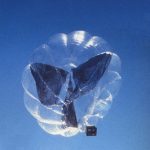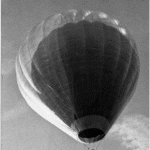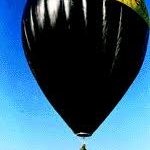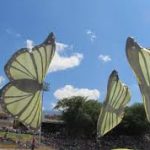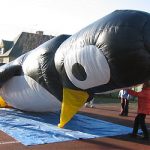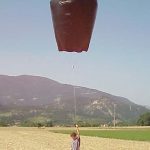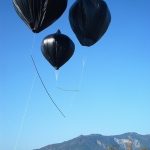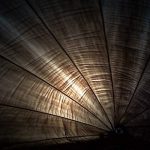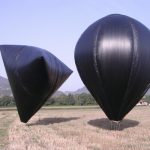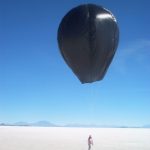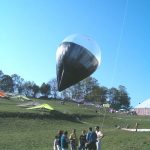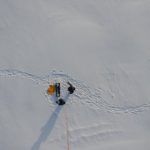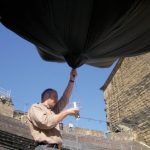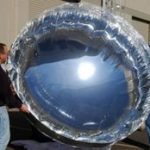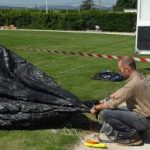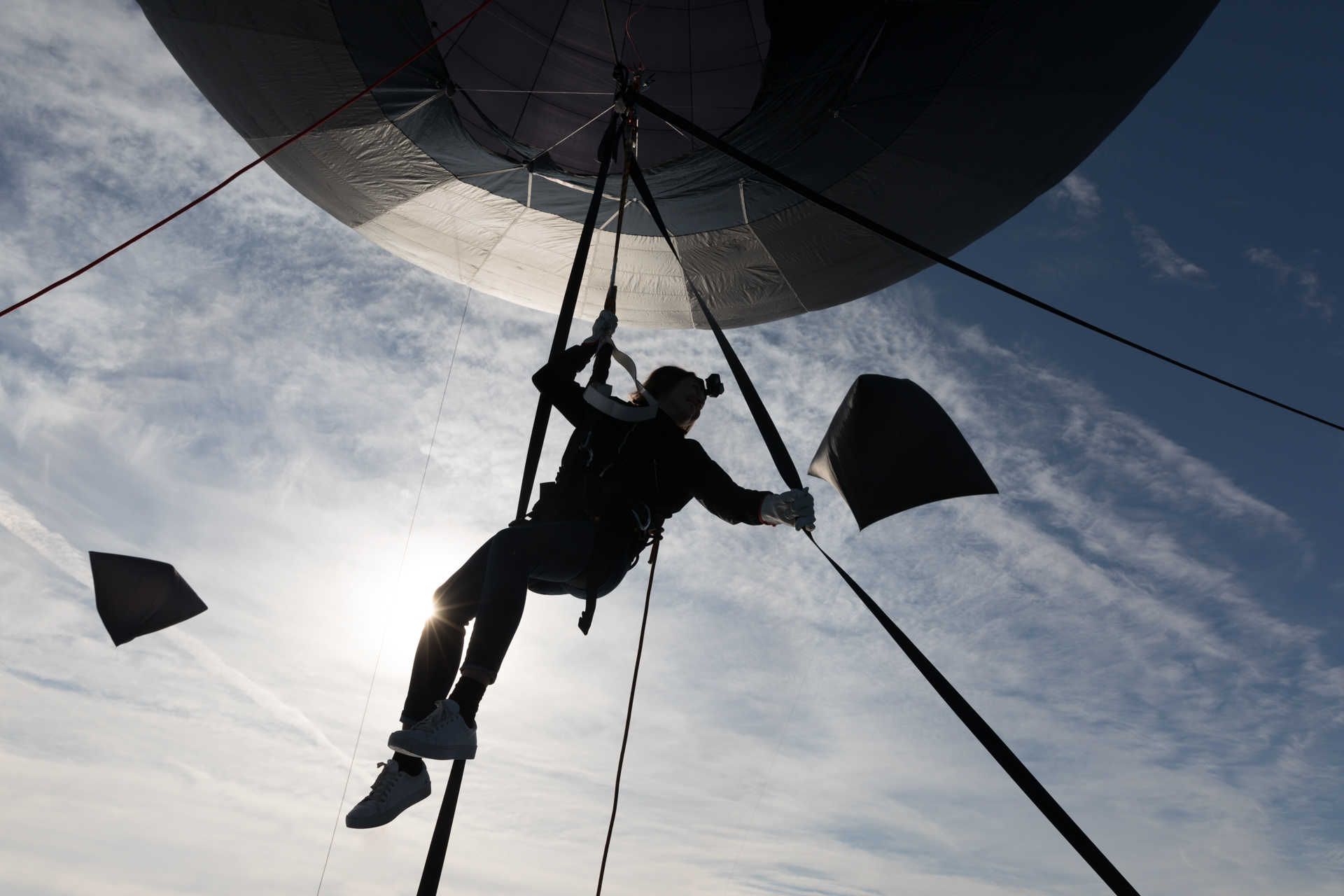
A brief history of Solar Ballooning
and Aerocene
Introduction
Throughout history, humanity has rehearsed with lighter-than-air vehicles in aim of a different way to move through and with the air—only with the power of the sun.
Presented here are the various attempts of human aerosolar flights, undertaken by people whose types of relationship to the atmosphere and the planet have become marginalised, and increasingly rendered invisible under the hegemony of the fossil fuels regime.
As fellow aeronauts, we hope this alternative history of energy pioneers constructs a passageway that informs and empowers our ongoing aerosolar endeavours towards these unfolding possible futures. Further, this is a call to action: share your expertise and insights with the community – let us work together on the crucial points for further sustainable development of Aerosolar Mobility. We have already collectively performed the first certified, fully-solar manned flight in human history – Aerocene is on the (up)rise, aeronauts unite!
1. SAFETY FIRST
It is essential that all aerosolar vehicles and flight attempts establish and follow safety measures. Secure locations and environments are, and always will be, the launchpad for all Aerocene activities, along with the support of on site, certified professional aerosolar pilots.
2. FULLY SOLAR
All flights described below have used propane for inflation, either during the flight or for landing. The exceptionality of Aerocene flights is the full exemption from the use of any fossil fuels or rare gases: from the very beginning to the very end, Aerocene journeys the aerial powered only by the Sun.
3. LEGAL FRAMEWORK
For some years, there has been a Fédération Aéronautique Internationale (FAI)category for solar ballooning, but it has almost never been used! This is Class A, sub-class AT, defined according to the FAI Sporting Code Section 1 – Aerostats. Part 2.1.1.5:
Sub-class AT: Free balloons not falling into subclasses AA, AX, AM or AS. A free balloon which obtains its buoyancy as a result of heating air using solar and/or external radiation sources only may be included in this sub-class.
If you fly aerosolar, make sure you comply with your country’s Aviation regulations, Air traffic control requirements, land-owner’s permission to fly, and all necessary requirements to keep your history-making flight on the legal side.
Aerocene’s reclamation of the airspace from corporate interests and geopolitical control could enact the paradigm shift needed for an epoch liberated from the infrastructures of the fossil fuel regime, and its polluting practices, towards an era of decarbonization and the preservation of Earth’s life-transmitting aether, the atmosphere we share, the air we all breathe.

1784 - The unintentional flight of a solar balloon8
On 29th May 1784, an aerostat referring to Académie de Dijon in France. Still inflated from a previous flight, its recent polish treatment was able to dry without interruption. It was the beginning of summer, around noon, the breeze intensified and wind started blowing, circulating the balloon and soon shaking it to life.
Read more
Two guards assigned to keep an eye on the balloon tried to hold it down. The net broke and the aerostat started floating upwards. First, it flew into a courtyard, carrying with it the attached net and ropes adding up to 122 kg to its total weight. A sixteen-year-old boy named Crosnier happened to see the flying structure, and attempted to help out. Weighing only 34,7 kg, Crosnier courageously grabbed onto one of the ropes, wrapping it around his wrist. In that very same moment, the balloon lifted up Crosnier, carrying him over a 2,9 m high wall before dropping him on the other side.
After a while, the buoyancy force decreased, and the balloon started to descend, eventually landing in recently planted trees, which teared the balloon apart across all its length.
“Voyages aériens”
by J. Glaisher, C. Flamarion, W.De Fonvielle et G.Tissandier – Hachette – 1870
Solar Ballooning in the 1970's
During the seventies, solar ballooning had a strong resurgence, with innovative projects appearing both in the US and Europe. Political instability in the middle-east created an unprecedented rise in oil price. This is not seen as a mere coincidence in light of the climate crisis our planet earth is going through 50 years later.
Solar ballooners of this decade go through great extents to prove there can be a different way to move, but in doing so they use gas burners.
Dominic Michaleis and his solar balloons
Dominic Michaelis graduated with a degree in architecture and engineering from Cambridge University in 1964. Bridging knowledge and know-how, Michaelis started working soon after his studies, managing an international consulting group called Solar Energy Developments. Dominic Michaelis believed: a hot air balloon should be able to fly only with the power of the sun.
Read more
To prove this hypothesis, Michaelis built a small balloon with a double skin envelope. The differential of temperatures from the inside and outside of the balloon was about 27°C, corresponding to a lift of approximately 100 grams per m3.
In 1972, Michaelis built a venturesome balloon: measuring a 22-meter diameter- around 5000 cubic meter – with a 12-micron transparent polyester film, the balloon was monumental. Within its interior, three vertical black screens, with 120° between them, formed a trefoil. The air inside the balloon was heated through the greenhouse effect and the black screens absorbed the energy through the transparent polyester film. The envelope was reinforced by vertical and horizontal adhesive tapes, which in turn defined 240 panels and limited possible tearing to a maximum length of 50 cm. The balloon was fitted with a very stiff but light structure: an aluminum honeycomb basket. This specific balloon could easily lift one adult man, which Michaelis went on to prove, undertaking various test flights in which he countered strong thermodynamic forces through tethering the balloon to a car, enabling it to rise skywards.
Michaleis and the first manned solar free flight in Europe
Read more
Aerosolar developments in USA during the 70's
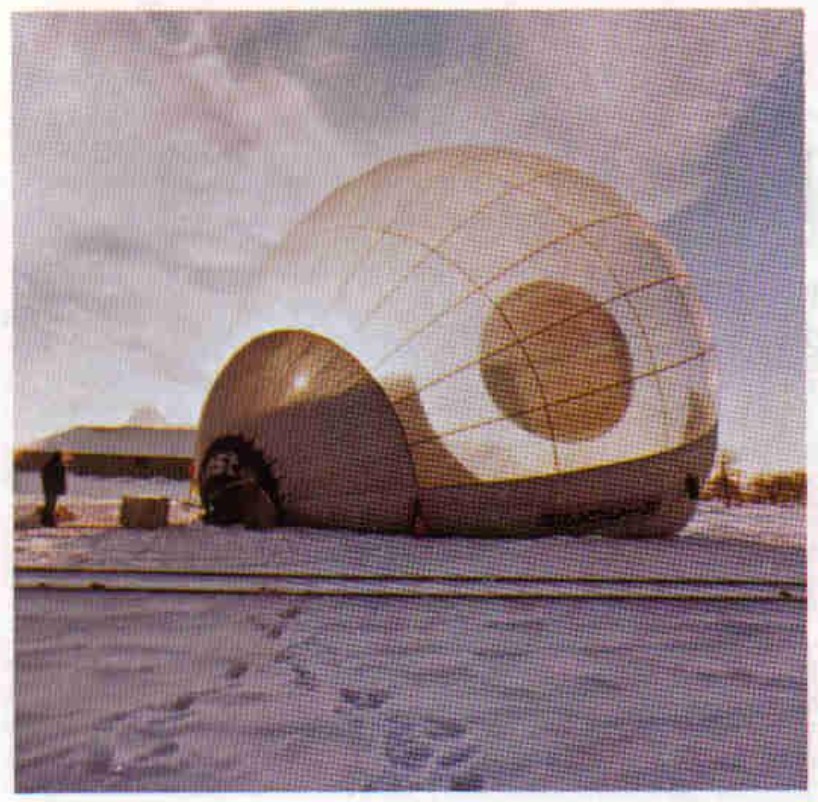

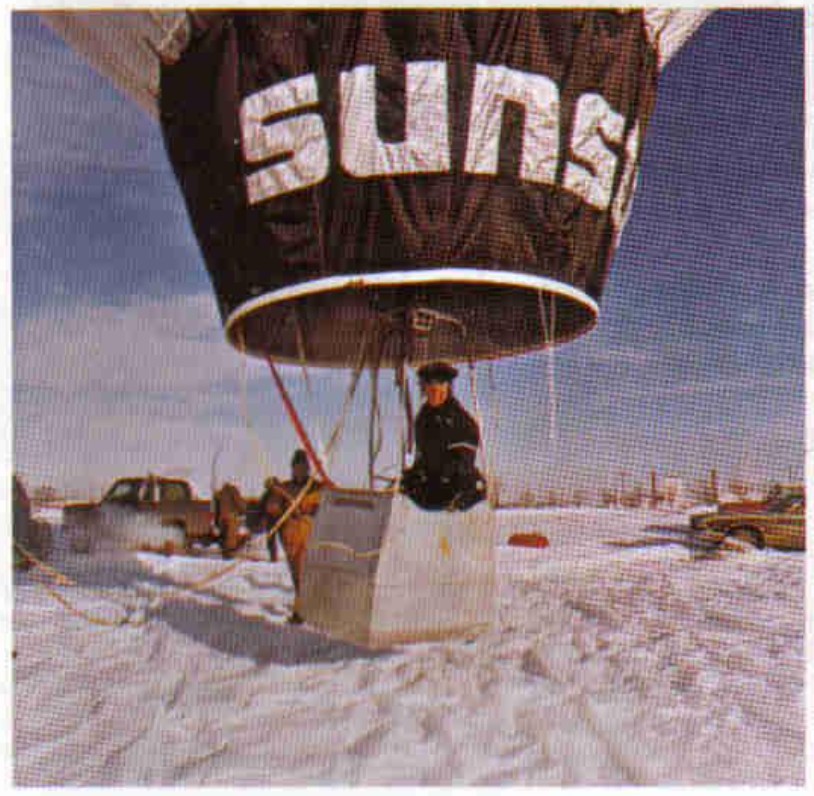

Crucial to the balloon chronicles of the 70’s, you will find the performances of Tracy Barnes in 1973, Dominic Michaelis in 1974 and Frederick Eshoo and Paul Woessner in 1978, using the Sunstat solar balloon.
Read more
The US Tracy Barnes pioneer made several solar flights under tetrahedral single-skin solar balloons, one of which he named ‘Barnes Solar Firefly Tetrahedron’. Barnes first piloted a fully-solar-powered balloon flight on 1st May 1973, followed by Jim Woodman with the Condor I and Fredrick Eshoo with the Sunstat soon after.
Mr. Woessner’s little documented performance set an unofficial record of 13,500 feet AGL.
Both Mr. Eshoo’s and Mr. Woessner’s higher reaching flights took trim motors onboard the balloon, and there is no documentation registering that these weren’t turned on during their performances. On the other hand, Mr. Eshoo’s first flight aboard his Sunstat solar balloon on February 6, 1978, is well documented:
“Federick successfully controlled the Sunstat’s altitude between 100 and 300 feet (AGL) by spinning the balloon like a newborn planet rotating in its very own solar system. With his burner 93 million miles away (?), the Iranian pilot voyaged in total silence, utilizing only the energy of the sun to stay aloft.”
Sunstat – a balloon that rides on sunbeams (Ballooning Journal, Vol XI Num 2, March April1978)
Infrared and stratospheric 1980's

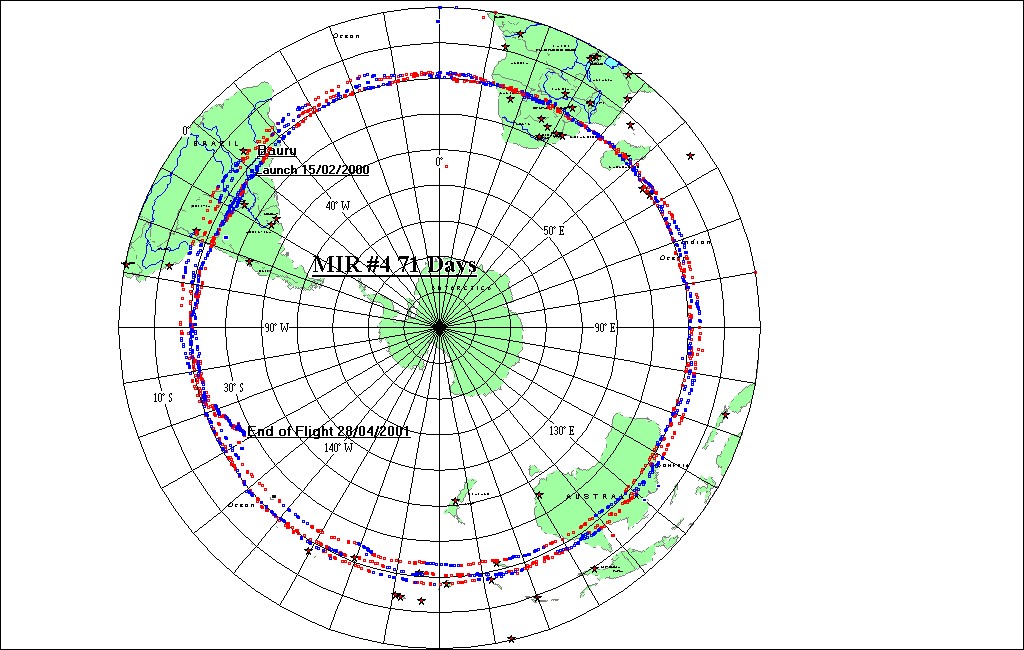
Montgolfière Infrarouge (MIR) - The stratospheric balloon of CNES
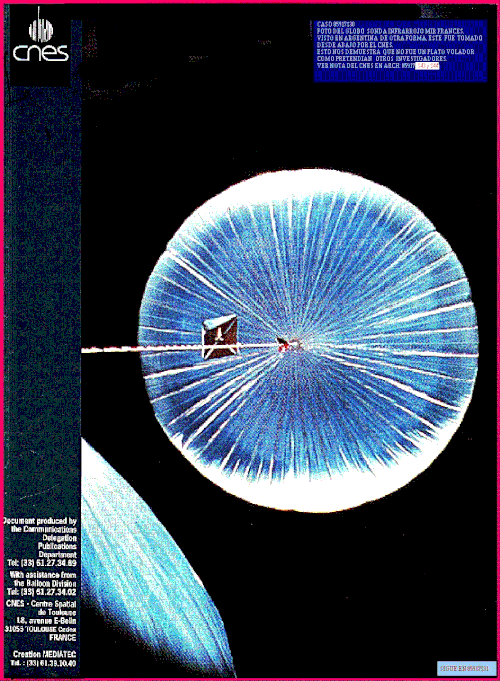
Read more
During the day, the MIR balloon flies at an altitude of about 28 to 32 km. During the night, between 18 to 22 km, depending on the infrared flux radiating from the surface and the temperature of the air at flight altitude. The balloon route follows stratospheric winds and indeed, they are able to circumference all around planet Earth. It can carry a maximum payload of about 50 kg
The MIR is made from two different materials, offering a good balance between optic-thermal properties and weight. The top part is made of aluminized Mylar, forming a cavity for absorbing ascendant infrared radiation and blocking any re-emissions into the sky. Meanwhile, the bottom part is made of an infrared transparent material tough enough to withstand the extreme cold temperatures of the stratosphere (-80 C˚).
Julian Nott and the Channel crossing
In 1981 Balloonist Julian Nott, who had achieved a world record a year before (55,000 feet AMSL), decided to use Dominic Michaelis’ solar balloon in an attempt to cross the English channel’s aerial scope.
Read more
Colorful 1990's
During the 90’s there was a wave of French amateur innovators that continued to develop the solar ballooning tradition, by building their own solar balloons at home, rescuing knowledge from old publications and often helping each other through telephone modem communications at the dawn of the internet era.
Concurrent to this, solar ballooning had crossed over the Atlantic and towards Latin America, where a young enthusiast from Colombia, Mr Alejandro Uribe, rescued the tradition of ballooning from Brazil, os baoleiros, where immense burner propelled balloons were being built. Worried about the dangers of forest fires, Alejandro Uribe experimented with solar ballooning with amazing results. His colorful, huge balloons became so popular that a Solar Balloon Festival was organized, and remains a yearly event staple, attracting volunteers and enthusiasts alike.
These experimental ballooners flew uncertified balloons, so their progresses were deemed ‘less safe’ than the flight of a certified balloon; as such, they could not be filed as records.
Jean Paul Domen
Jean-Paul Domen, an independent engineer, recalls his solar balloon experience:
“…at the beginning, I wanted to make a solar balloon. I didn’t know it was already made and even distributed by the kid magazine Pif Gadget: some plastic trash bags to build a black screen, adhesive tape to put together the envelope. Build it in my kitchen … Launch… it flew for a short while. From this time, I have extrapolated to build a solar balloon able to lift a human to a high altitude.”
Read more
In the summer of 1996, Jean-Paul Domen performed the first free flight of a solar balloon which covered a distance of 300m. The balloon was 16m in diameter while inflated with ambient air (i.e. without adding vapor). The balloon consisted of a simple envelope made from black polyethylene. Its thickness was 15 microns with a valve of 2,5m diameter attached to the top. The bottom opening was about 2m wide. Here sat a propeller driven by an electric motor which allowed for a controlled inflation/deflation of the balloon, through which altitude could be adjusted.
Gérard Auvray Collaboration
Together with Gérard Auvray, the electronic engineer and radio ham F6FAO, Jean-Paul Domen utilized 4m diameter solar balloons for experiments into transmitting temperatures, humidity, and other meteorological data.
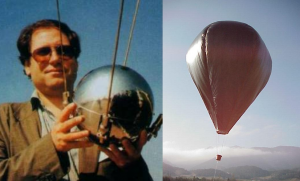
Read more
The 6 July 1997 takeoff from Arachon at 09:30, saw a 4m balloon with a 500 gr payload rise into the sky. Onboard: a power card, an analog to binary converter card, an analog/digital/format packet, and card probe and a bip-bip transmitter. The balloon ascended to more than 18,000 m. The outside temperature registered -50°C and the polyethylene temperature hit 80°C! The balloon landed close to Marseille at around 23:30. The localization of the balloon during the flight was made possible by radio ham (chasse aux renards).
Alejandro Uribe and his large colorful solar balloons
Read more
Solar Ballooning in the 21st century
Laurent Besset carries out Domen and Auvray's legacy
During Spring 2000, Laurent Besset discovered the solar balloon and after meeting Jean-Paul Domen and Gérard Auvray, he decides to continue the Jean-Paul DOMEN project. Mr. Besset also built an electronic device that performed the functions of:
- automatically stabilizing the flight altitude
- a software controlling the opening and closing of a valve at the top of the balloon
- a servo controlling the valve through a string
Source: https://ballonsolaire.pagesperso-orange.fr/ by Laurent Besset.
Christophe Praturlon and the solar Jum
In January 2011, at the 9th Dolomiti Balloon Festival in Toblach / Dobbiaco in South Tyrol, the Solar Jump, performed by Christophe Praturlon, took place.
First weather detection with a solar balloon
Aerocene D-OAEC Flights

THE EVOLUTION OF D-OAEC
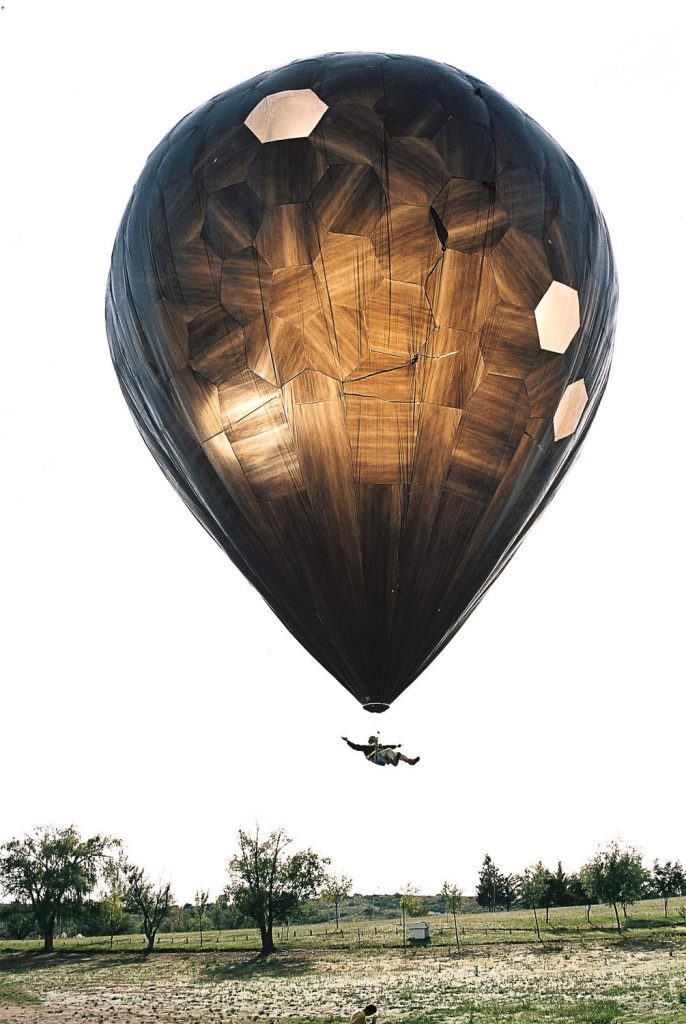
’59 steps to be on air by sun power’. project has a set of instructions that explain the sequence for crafting a hot-air balloon style flying device, designed to float solely on the power of solar – using garbage bags, transparent tape, rope, bicycle wheels and other flotsam jetsam materials to fabricate the structure. The process is broken down into 59 highly detailed steps. With two people working, the undertaking requires about 24 hours to complete.
Tomás Saraceno,
59 steps to be on air by sun power, 2006.
In cooperation with architect Natalija Miodragovic

“[…]a structure that seeks to challenge today’s political, social, cultural and military restrictions in an attempt to reestablish new concepts of synergy. It will fly through the atmosphere pushed by the winds, both local and global, in an attempt to equalize the (social) temperature and differences in pressure.” – Saraceno.
Critical phase transitions /
Air-Port-Cities-Cloud-City, 2010
Saché, Atelier Calder, France,
an aerosolar human flight experiment during
Tomás Saraceno residency at Atelier Calder.
2017 - Aerocene White Sands

D-OAEC’s first fully solar, tethered flight lifted upward on November 8, 2015, in White Sands, New Mexico. The flight broke world records as it hovered for 2 hours and 55 minutes, achieving the longest and most sustainable certified, manned flight of its kind. Under normal circumstances, a hot-air sculpture flight with a pilot and a passenger would require 324 liters of fuel to make the same journey.
Read more
Lifting a net weight of more than 250 kg, the payload of the Aerocene D-O AEC aerosolar sculpture has no precedent in previous manned, solar sculpture flight attempts. Such trajectories have only been attempted by a dozen people throughout the history of humankind.
White Sands as a site carries significance as the location where the first nuclear weapon tests were carried out, events that have been claimed to signify the beginning of the Anthropocene.
2020 - Fly with Aerocene Pacha
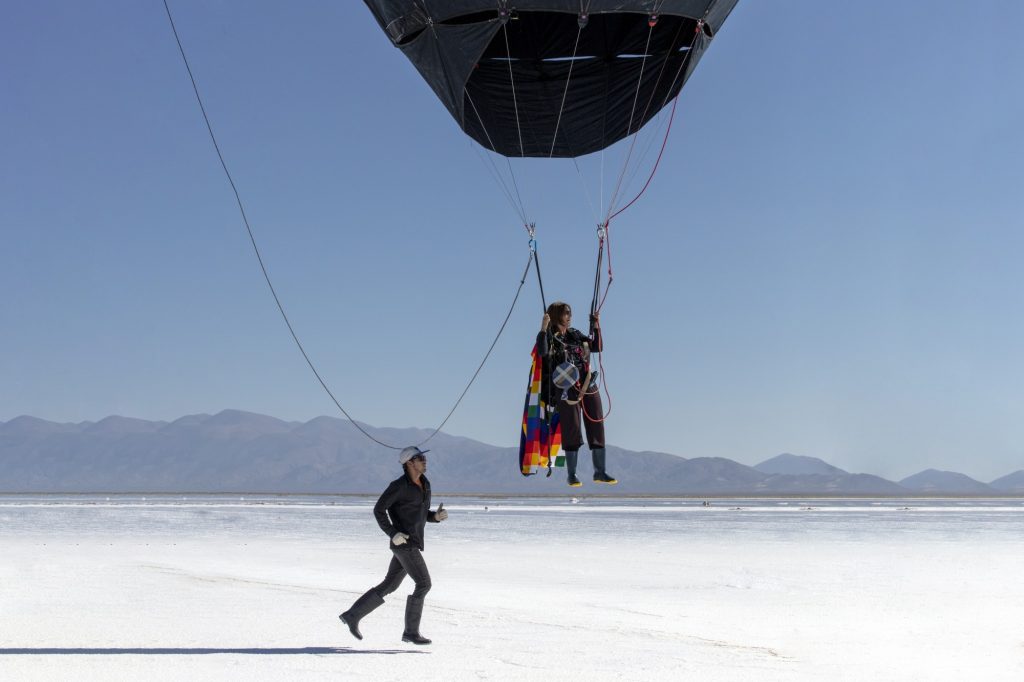
The culmination of over 20 years experimental work, Fly with Aerocene Pacha took off on January 28th, 2020 in the salt flats of Salinas Grandes, Argentina. This monumental event signaled the first ever sculpture to lift a human into the atmosphere, allowing its pilot to float free and without the use of fossil fuels, helium or lithium. Realised as part of CONNECT BTS, a global art project initiated by the Korean supergroup BTS, Aerocene Pacha became the most sustainable flight in human history and set six world records across two categories. (“Fly with Aerocene Pacha” set six unprecedented world records: Max. Altitude: 272.1 mts, Distance: 1700 mts, Duration: 1 hour 14 minutes, in Salinas Grandes, Jujuy, Argentina. Being certified by Fédération Aéronautique Internationale for the female and general categories.)
Read more
The project is named after ‘Pacha Mama’, an Andean concept that connects what lies below and above the Earth’s surface with the furthest reaches of the cosmos, uniting space and time. Fly with Aerocene Pacha stood in solidarity with the Salinas Grandes region’s 33 indigenous communities, whose home has been invaded by lithium-mining companies looking to capitalize on the so-called ‘green revolution’ ushered in by electric cars. This so-called revolution is simply a rebranding: it maintains the principles of earth extraction and exploitation of indigenous life that have defined our economies and led us to the current climate crisis. The sculpture Aerocene Pacha flew above this land bearing the slogan of these communities: ‘Water and life are worth more than lithium.’ Here Aerocene shared a message of hope, solidarity and futures, with a message that needs to be heard in a society that needs to come together. There at the lake, we brought together the knowledge of the indigenous peoples, teenage kids, fans of the music group, art and science… all celebrating.

